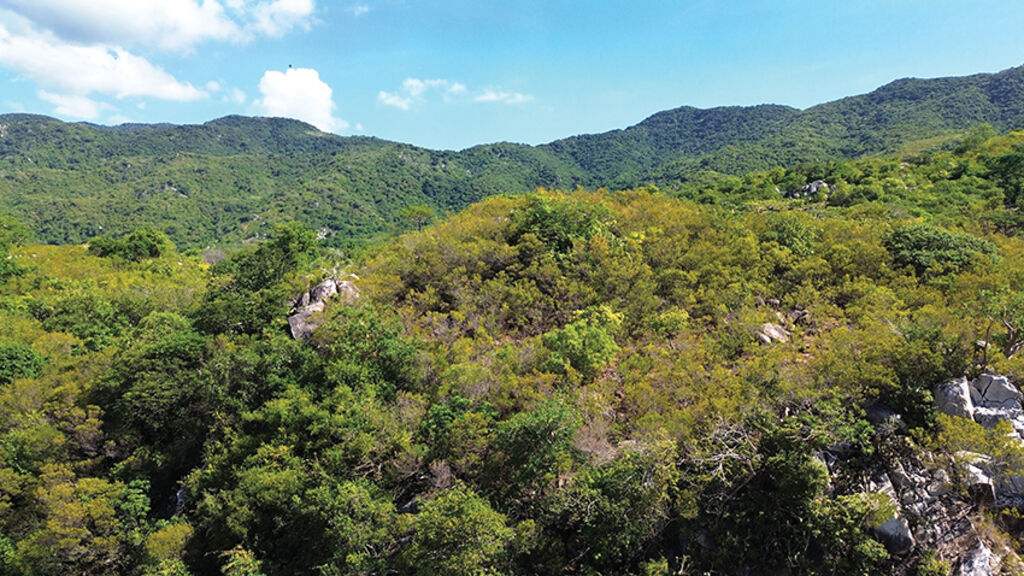 |
| A corner of Nui Chua Biosphere Reserve (Ninh Thuan province) __Photo: Nguyen Thanh/VNA |
With a view to proactively preventing and controlling environmental pollution and degradation and further improving the environmental quality, the Prime Minister on July 8 issued Decision 611/QD-TTg approving the National Environmental Protection Master Plan for the 2021-30 period, with a vision toward 2050.
Accordingly, it is targeted to better conserve natural values, biodiversity and natural heritages so as to restore and maintain natural ecosystems, prevent biodiversity loss on the basis of establishment, consolidation, expansion, and effective management of nature reserves, biodiversity corridors, high-biodiversity areas, important natural landscapes, important wetlands and conservation facilities for the purposes of storing, conserving and developing endemic, endangered, precious and rare genetic resources and plant and animal species.
In light of this, by 2030, the total area of protected nature reserves nationwide is expected to reach 6.7 million hectares.
As for waste treatment, the Master Plan targets to form national, regional and provincial centralized waste treatment zones with suitable capacity and treatment technologies to meet the requirements of fully receiving and processing domestic solid wastes, normal industrial solid wastes and hazardous wastes generated nationwide, thereby minimizing the amount of solid wastes buried, classifying wastes at source and intensifying waste recycling and reuse.
Specifically, at least two national-level centralized waste treatment zones, seven regional ones in socio-economic regions during the planning period and one provincial zone in every province or centrally run city will be built.
Under the Master Plan, by 2050, the country is expected to achieve good environmental quality, ensuring a healthy living environment for people, effectively conserving biodiversity and maintaining ecological balance.
Meanwhile, the society will be developed in harmony with the nature and the country will be developed sustainably toward green transformation based on the development of a circular economy, green economy and low-carbon economy, with a goal of achieving net-zero emissions.- (VLLF)









